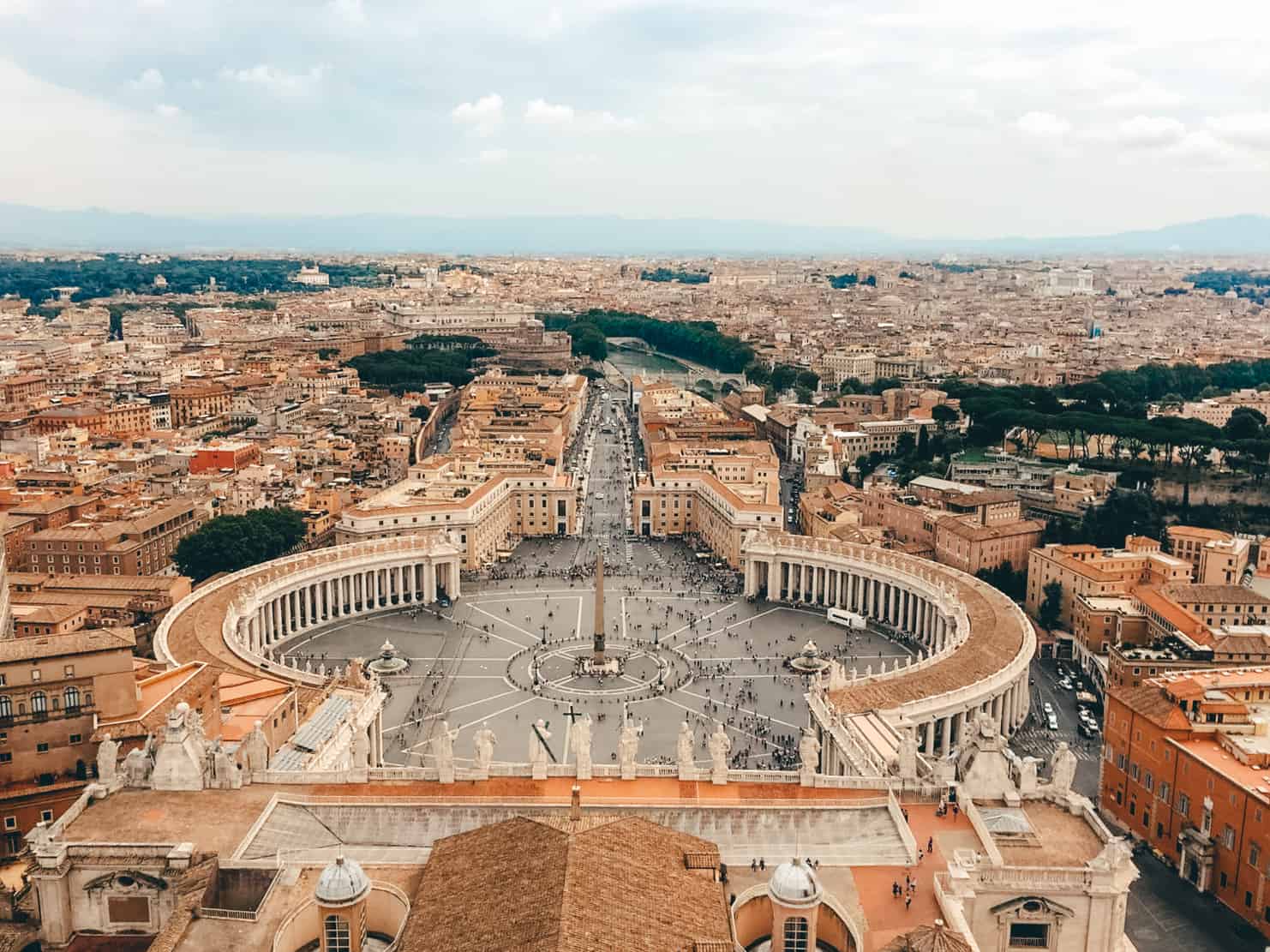Step into the timeless splendor of Rome, the eternal city steeped in history and culture. This enchanting capital of Italy is home to a wealth of breathtaking sights that bear witness to its rich heritage. From the imposing Colosseum and the majestic St. Peter’s Basilica to the artistic Sistine Chapel and the historic Trevi Fountain, Rome offers an unparalleled journey through the ages. Let yourself be guided through the cobblestone streets and discover the sights that make this city an unforgettable destination, where modern life goes hand in hand with the traces of a glorious history.
What you can expect from Rome
Language: The official language in Italy is Italian. Italian has many dialects. In Rome, you can communicate well in English in most places.
Payment methods: Debit cards and credit cards are accepted almost everywhere. Additionally, there are plenty of ATMs throughout the city.
Power outlets: In Rome, electrical outlets of type F and L are used. The standard voltage is 230 volts.
Time zone: Italy is in the Central European Time Zone (CET). There is no time difference between the Netherlands and Italy. Italy has a different summer and winter time in order to save daylight.
Visa:If you plan to stay in Italy for less than 90 days, you do not need a visa. If you plan to stay longer than 90 days, you should contact the embassy.
Currency: Euro (EUR)
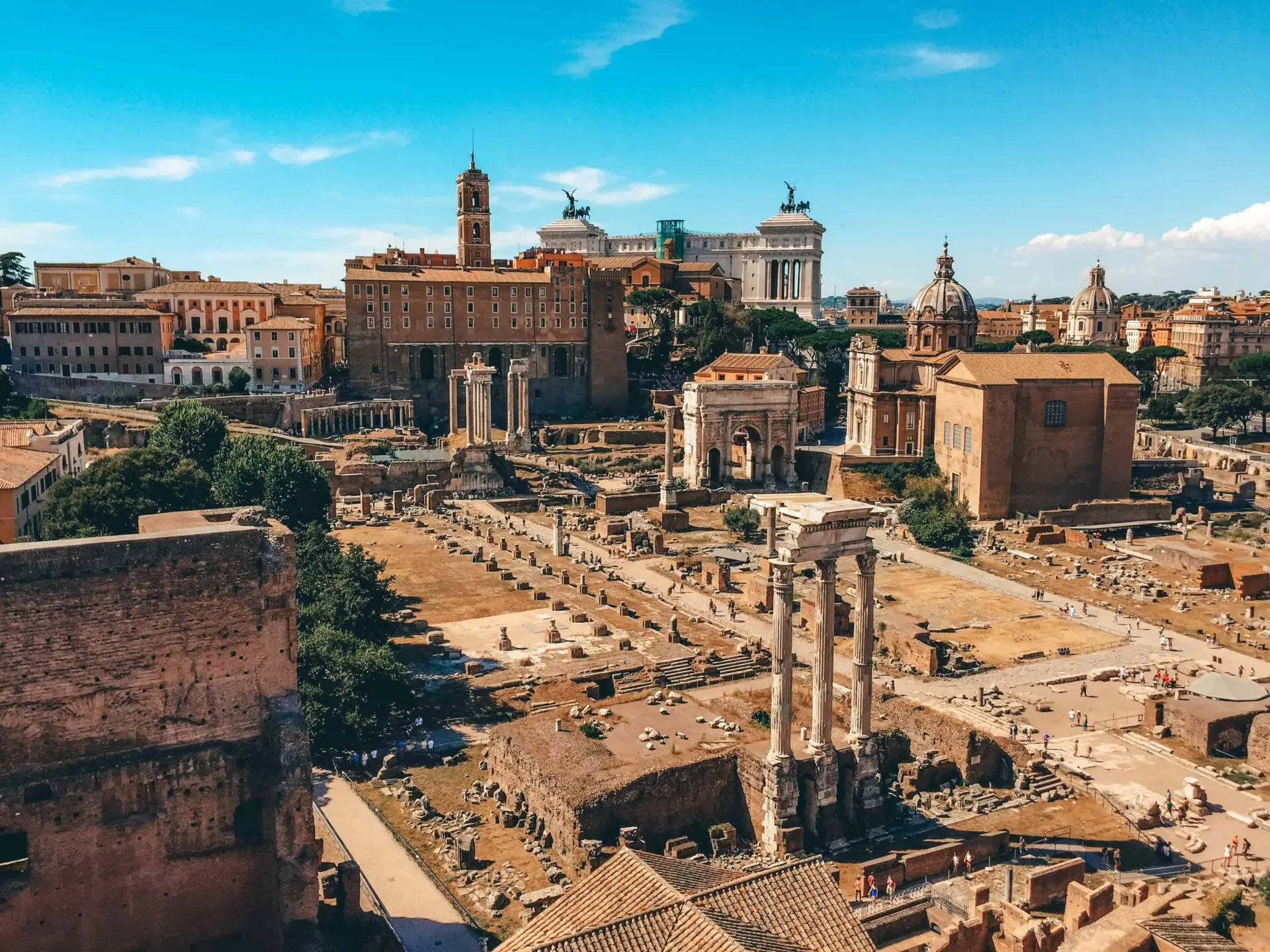
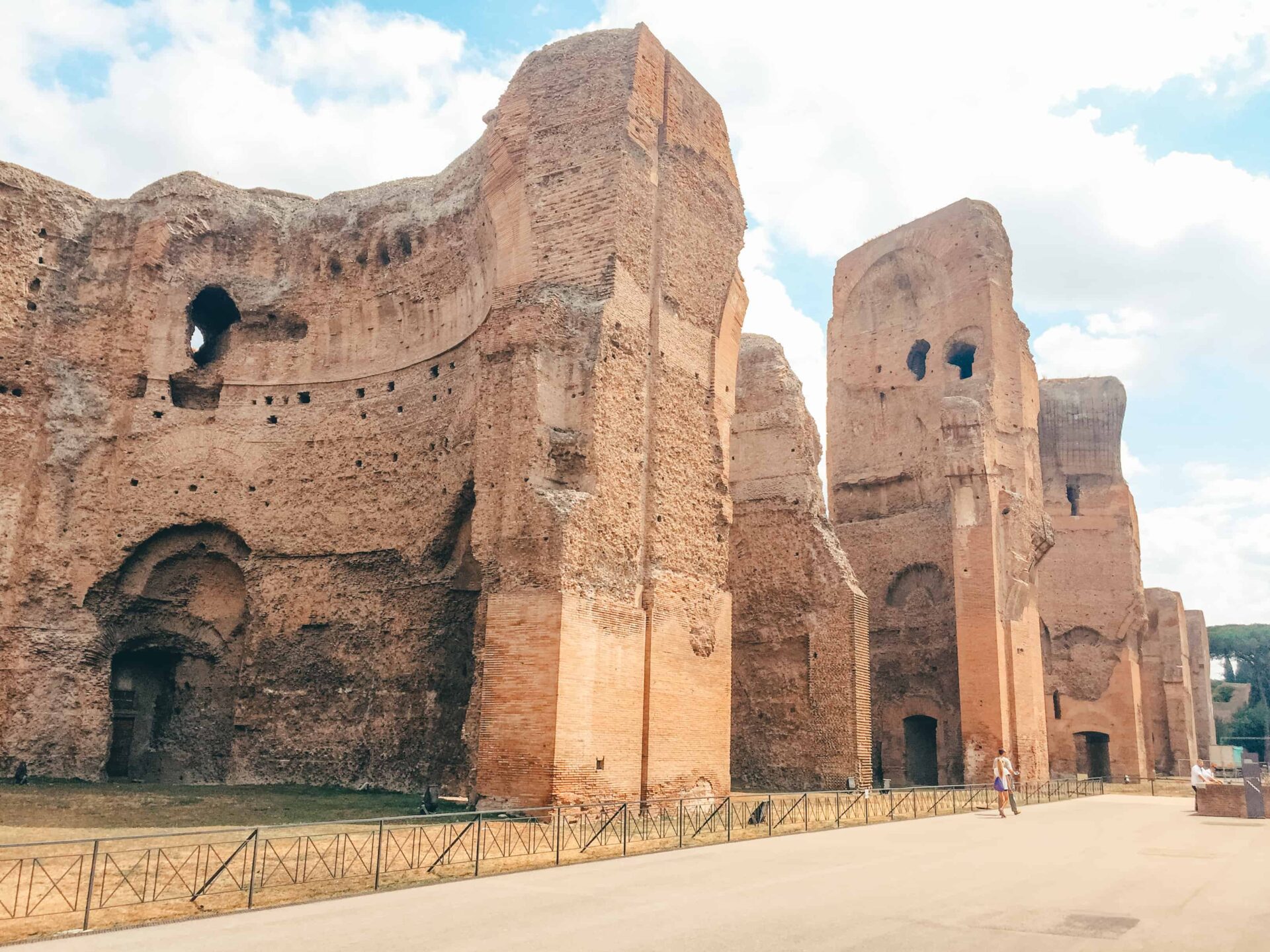
Best time to visit Rome
Rome, the eternal city, attracts millions of visitors annually with its rich history, iconic monuments, and delicious cuisine. Choosing the right time to explore this enchanting city can make the difference between a pleasant experience and overwhelming crowds. Discover below the ideal travel time for an unforgettable stay in Rome.
Spring (April-June) offers mild temperatures, blooming gardens, and cultural events, making it the perfect time to wander through the Colosseum or stroll past the Trevi Fountain. Summer (July-August) brings warm weather but also tourist crowds. For a more pleasant experience and comfortable temperatures, autumn (September-October) is ideal. Winter travelers (November-March) can enjoy a quieter atmosphere and Christmas markets.
Transport in Rome
Planning a trip to Rome is an exciting adventure, but choosing the right transportation is crucial for a smooth and stress-free experience. From air travel to local transport options, discover smart tips for traveling in and to Rome below.
For travelers from abroad, Leonardo da Vinci-Fiumicino Airport serves as a gateway to Rome. Optimize your travel budget by booking early and comparing different airlines. Once in Rome, the efficient metro system and extensive bus network are excellent ways to get around the city. Consider purchasing a Roma Pass for unlimited public transportation and access to museums. Here you can read everything you want to know about public transportation in Rome and the Roma Pass.
For an authentic experience, explore the city on foot, admiring famous landmarks such as the Colosseum and the Trevi Fountain. Take advantage of the many bike tours to explore the historic streets in a relaxed way. Remember that Roman taxis are convenient for short rides, but avoid them during rush hours. With these transportation tips, you’ll maximize your time in the Eternal City and fully enjoy all the beauty Rome has to offer.
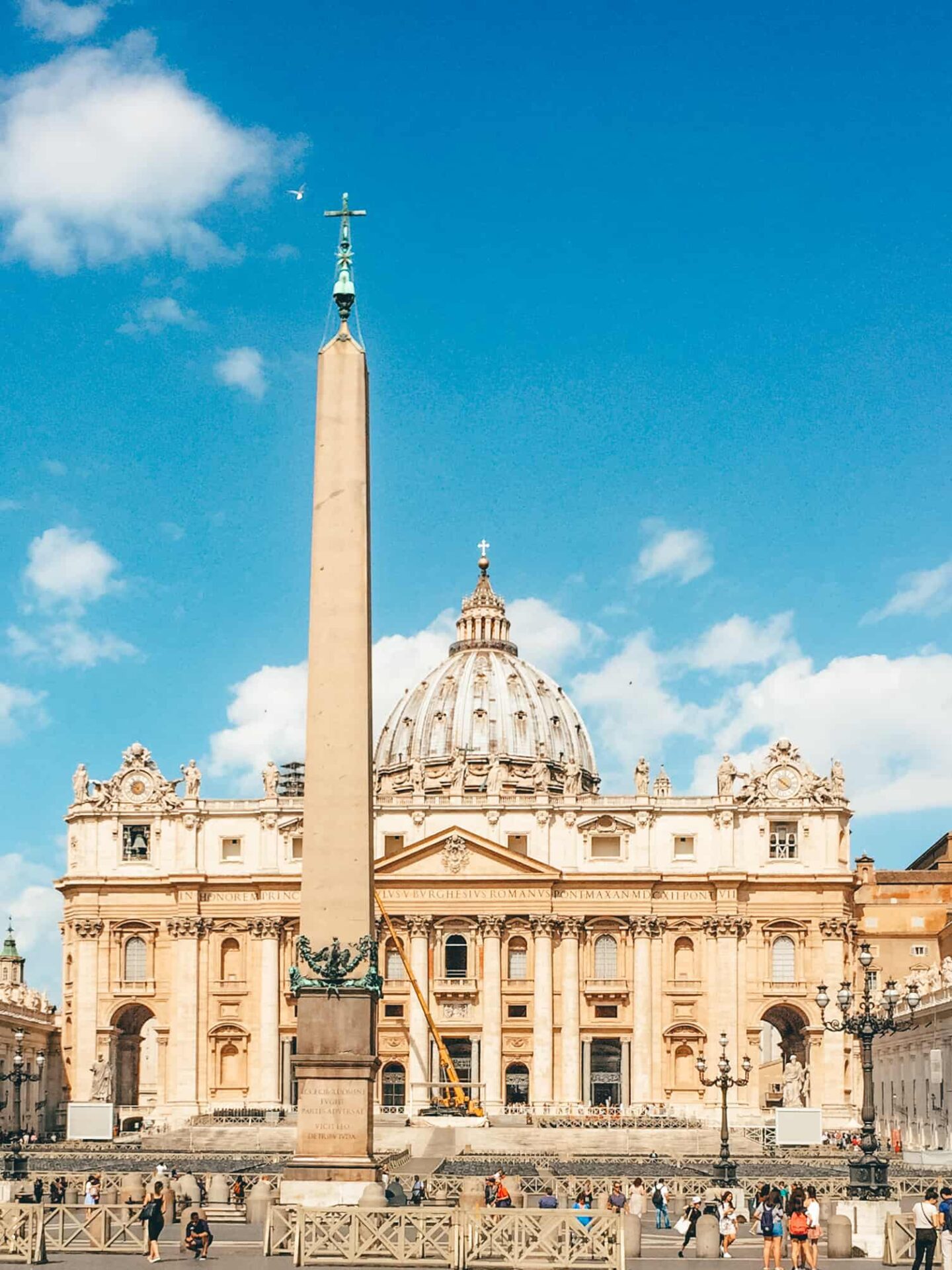
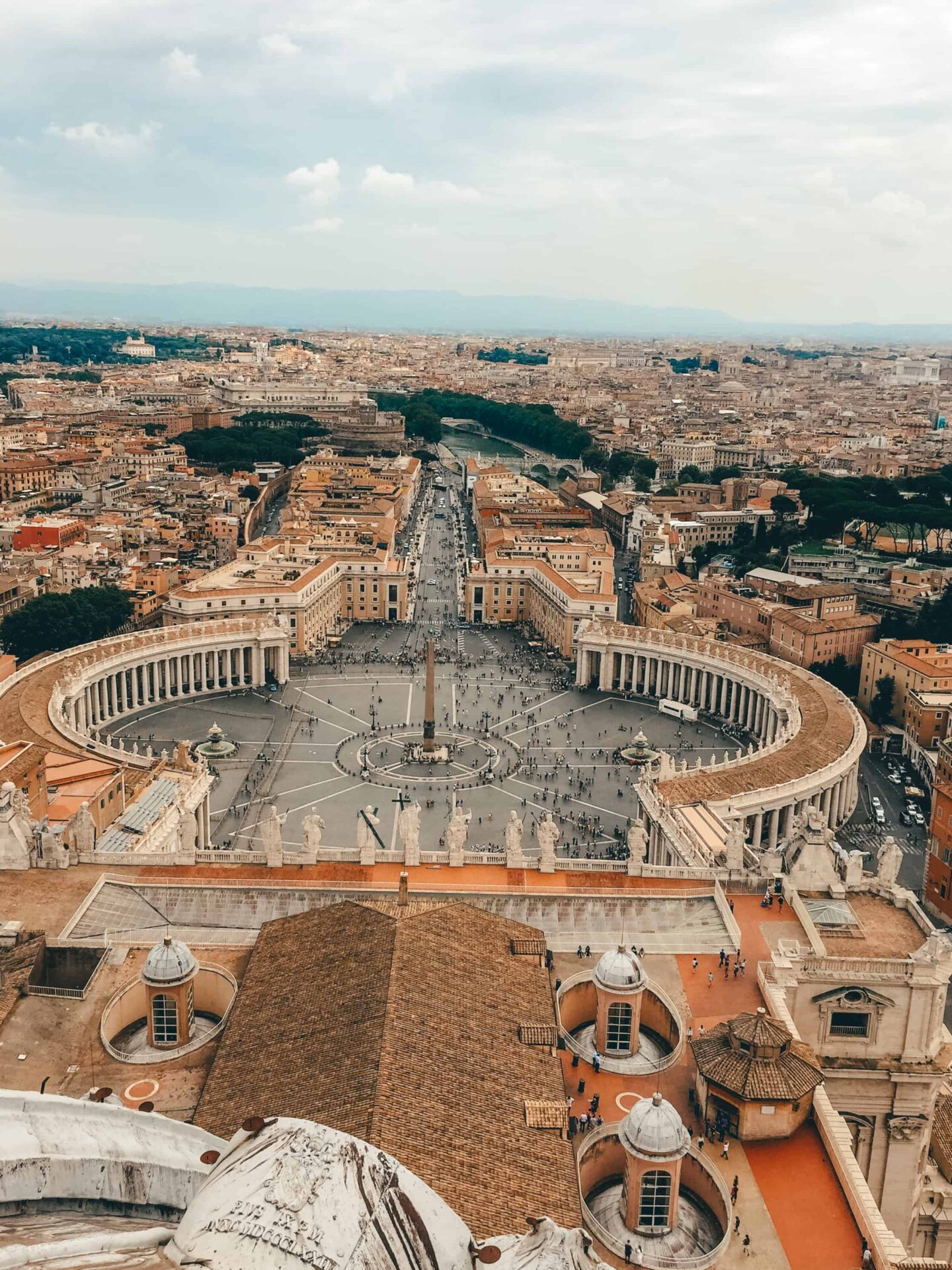
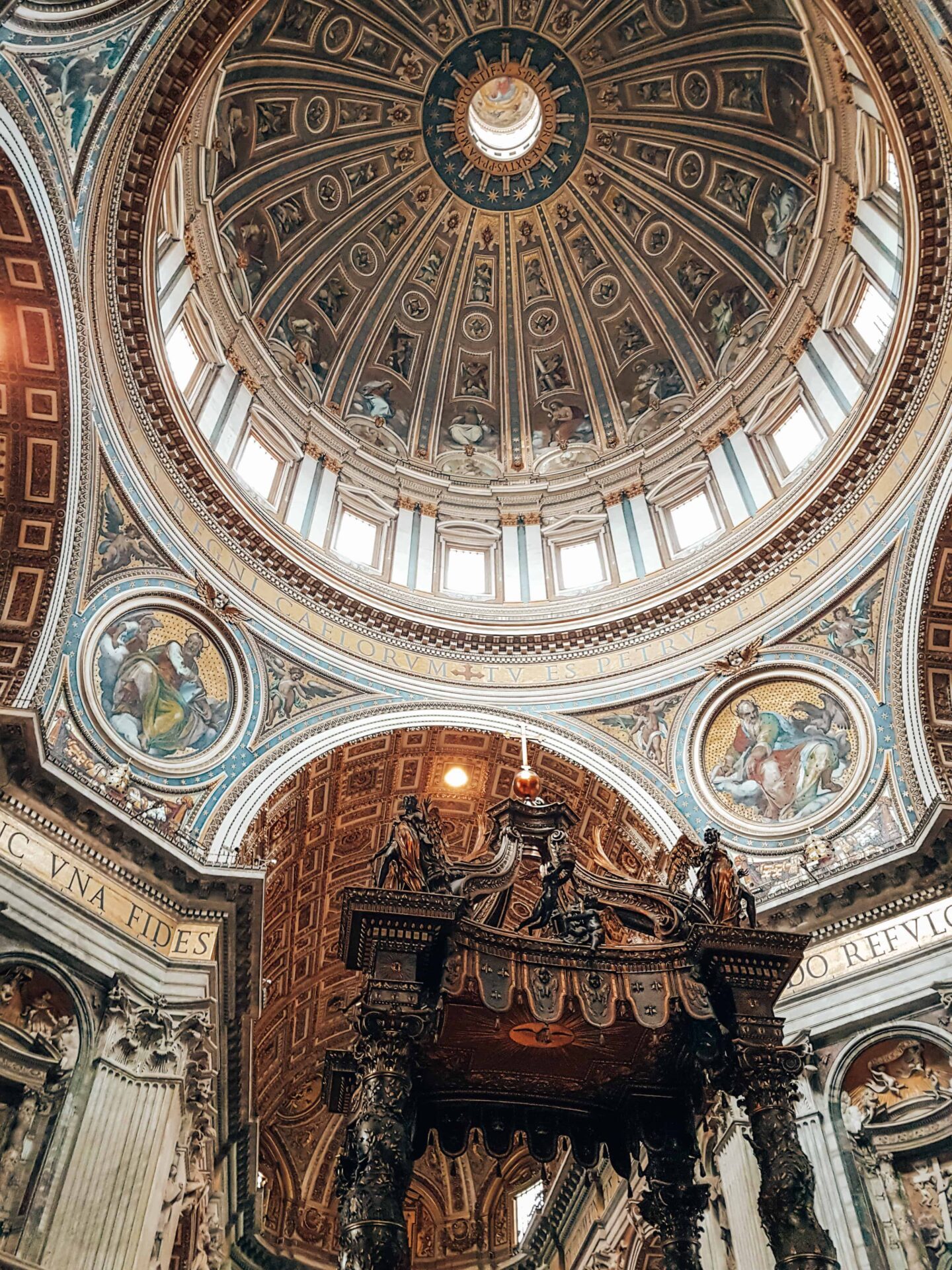
Number of days in Rome
The choice of the duration of your stay in Rome is crucial for fully experiencing the enchanting charm and rich history of the Eternal City. Whether you’re planning a quick city break or want to take your time for a deeper exploration, here are some insights on how long you should stay in Rome for an unforgettable experience.
For an exploration of the main attractions and a taste of the local culture, a stay of 3 to 4 days is often recommended. This gives you the opportunity to discover iconic locations such as the Colosseum, the Vatican Museums, and the Trevi Fountain at a leisurely pace. If you want to explore the city more thoroughly, with room for relaxation and spontaneous discoveries, consider spending a week in Rome. This will also allow you to enjoy lesser-known gems and the authentic Roman lifestyle.
We have visited Rome twice already. Both times we stayed for 4 days in the Italian capital. In these four days, we were able to see all the sights at a pleasant pace.
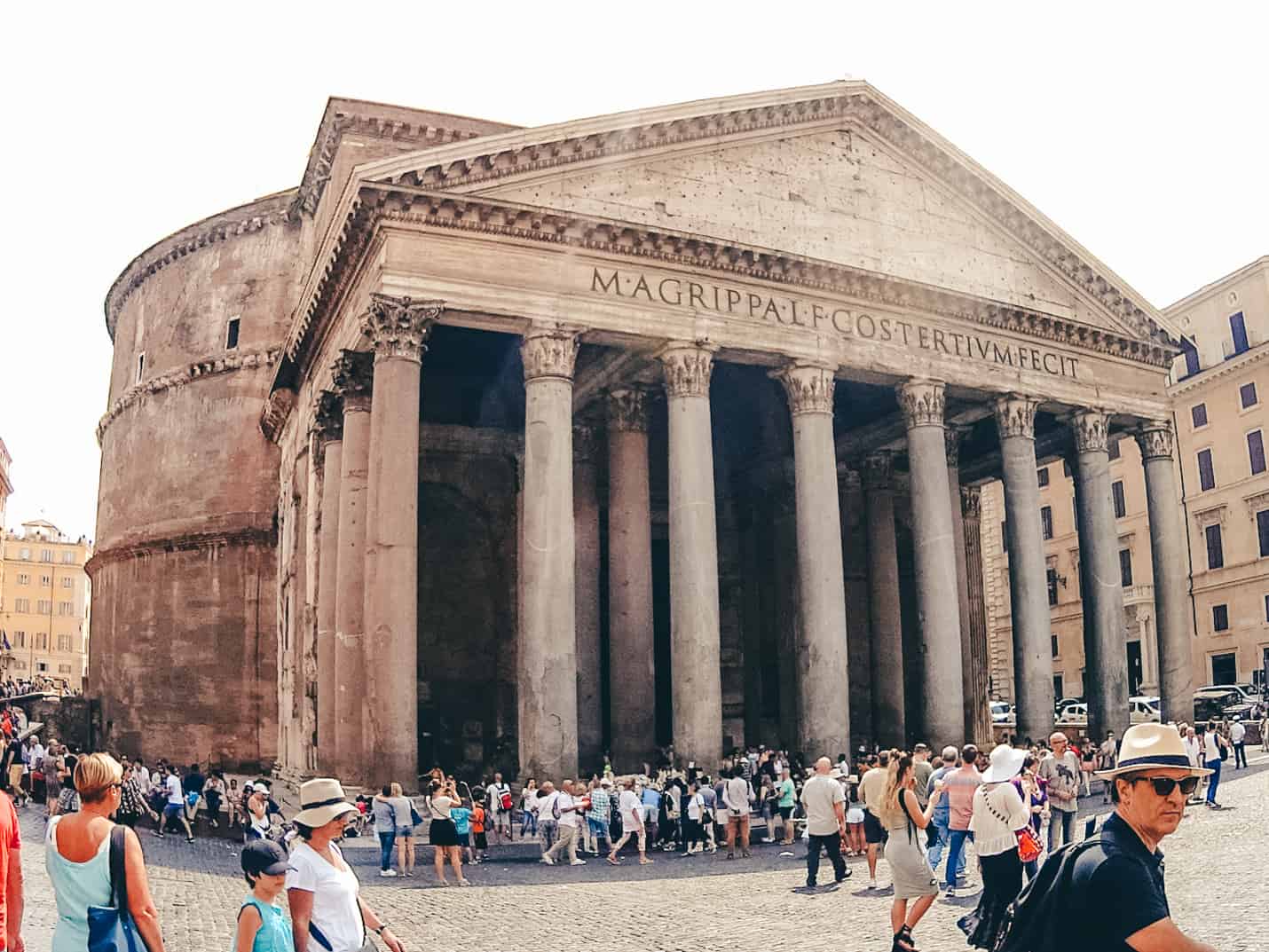
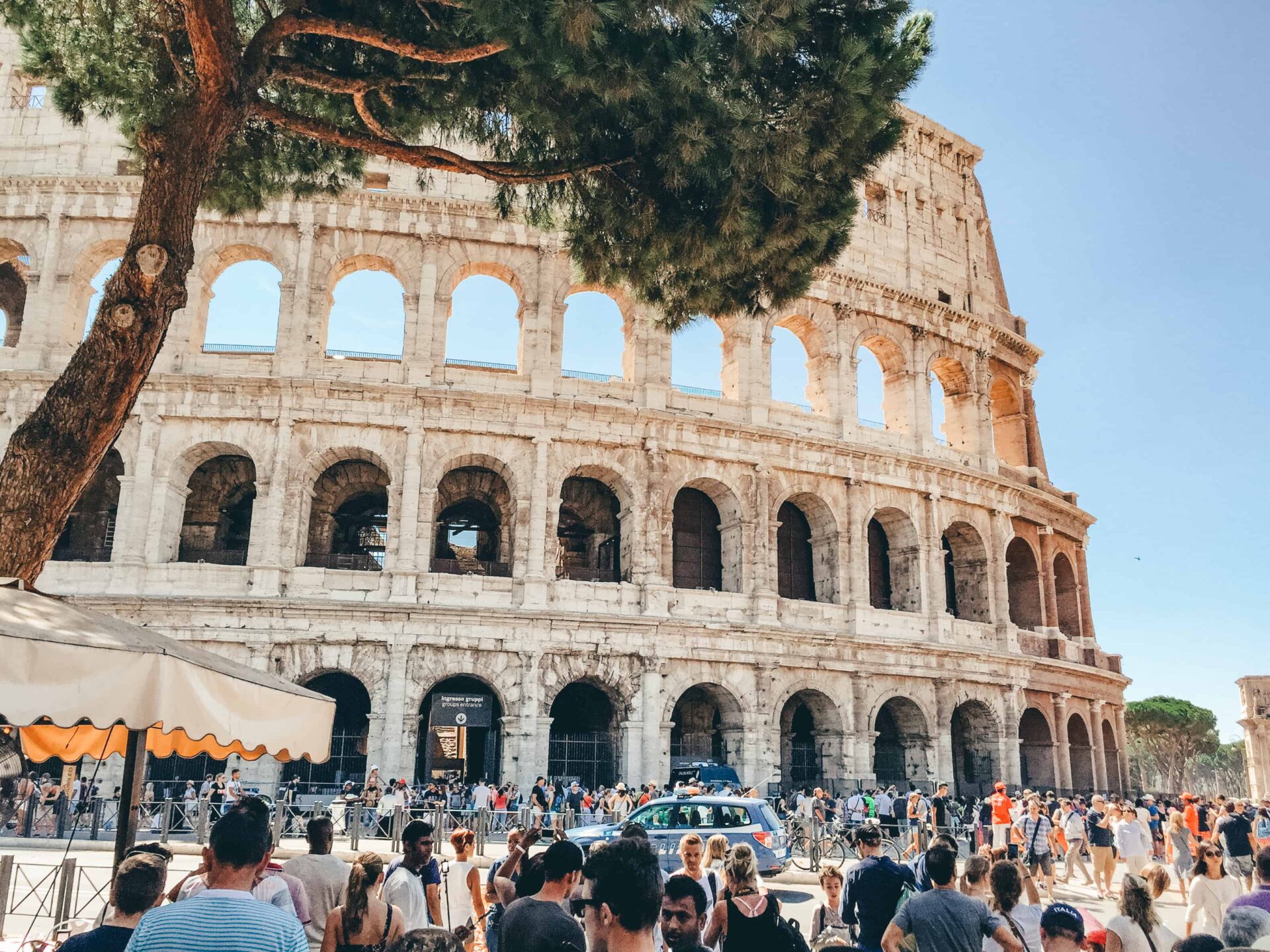
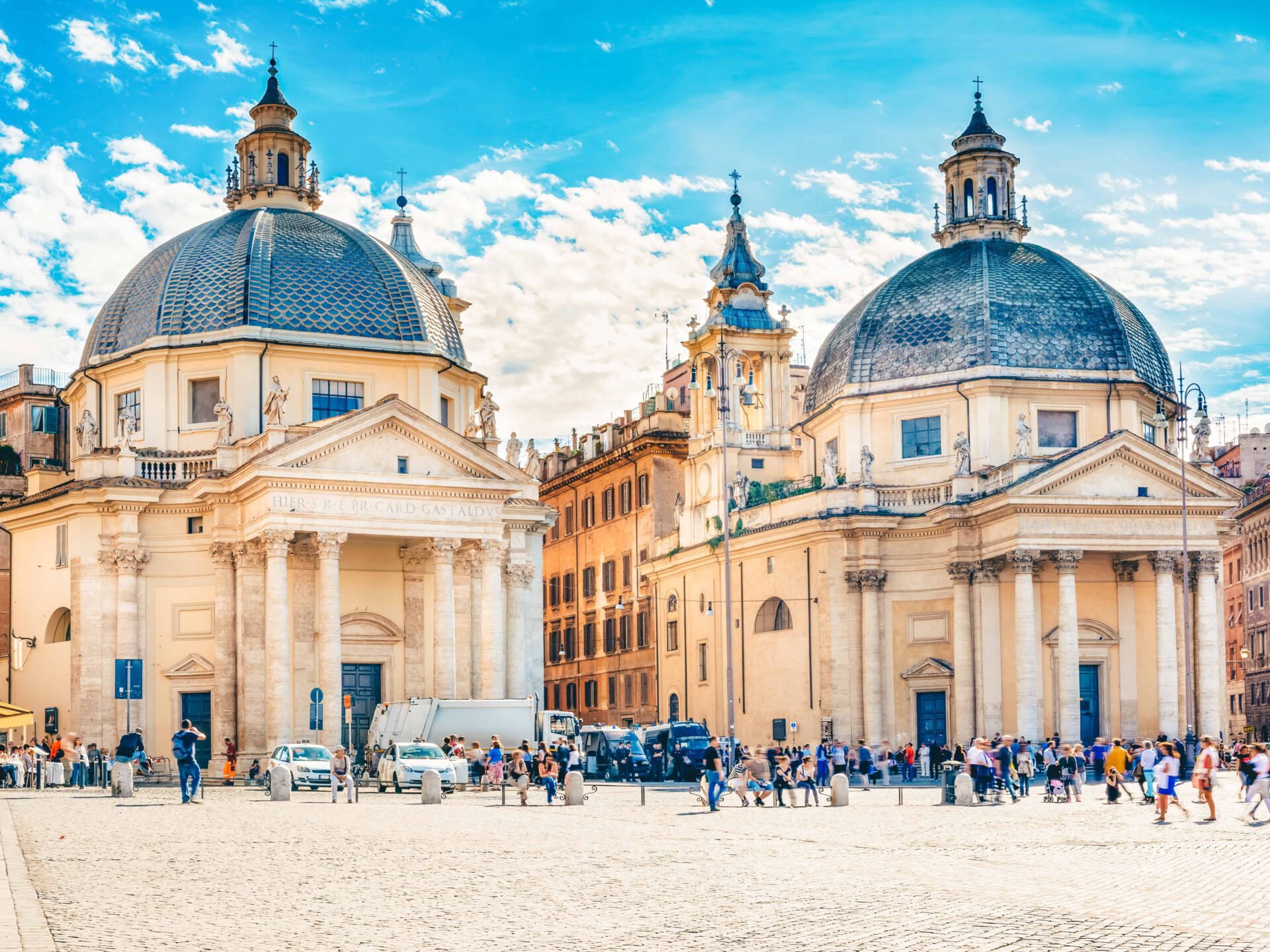
Where to stay in Rome
Choosing where to stay in Rome is a crucial decision that can influence your travel experience. Whether you want to be close to historic landmarks, stay in a vibrant neighborhood, or experience the local lifestyle, here are some considerations for an optimal stay in Rome.
The historic center around the Pantheon and the Trevi Fountain is perfect for architecture enthusiasts and romantic walks. The lively Trastevere district offers an authentic atmosphere with numerous dining options and charming streets. If you’re looking for luxury and exclusivity, the chic neighborhoods around the Spanish Steps and Via Veneto are ideal. For a more local experience, consider the Monti district, known for its boutiques and trendy cafes.
The first time, we stayed in the Cardinal Hotel St. Peter , near Vatican City. The second time, we stayed at The Strand Hotel. This hotel is located a little further from the center but very close to two metro stations. Both are good locations to explore this beautiful city.

